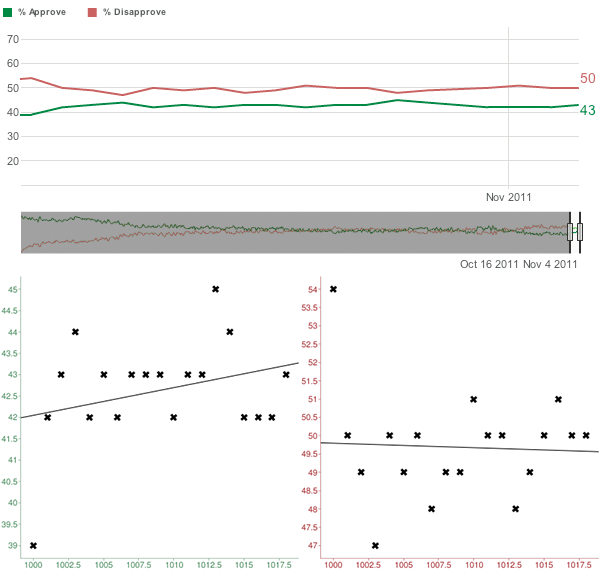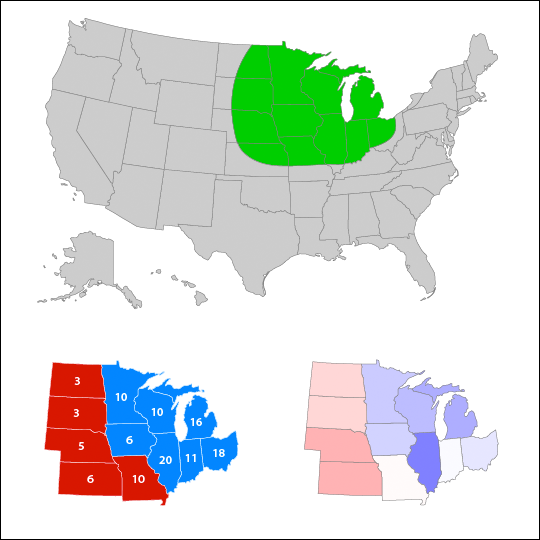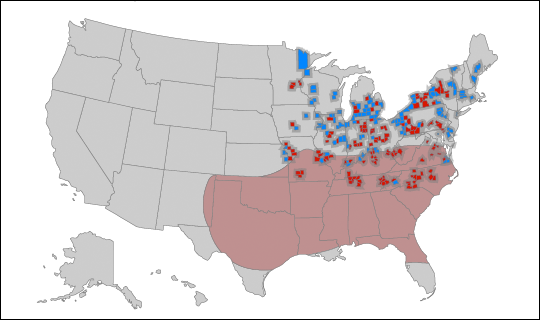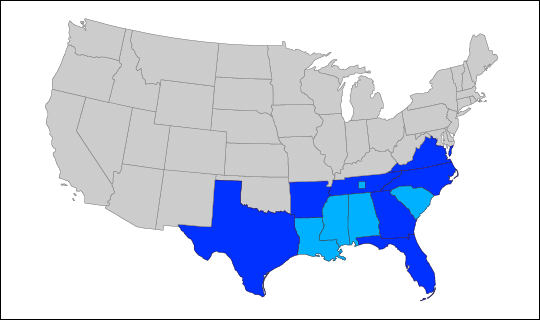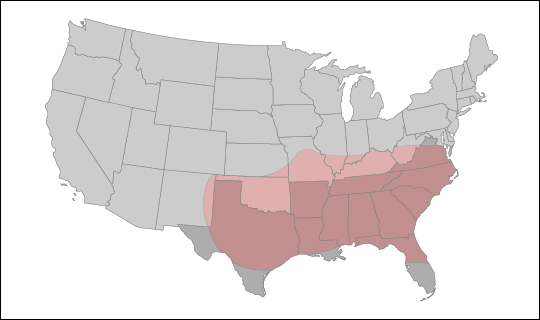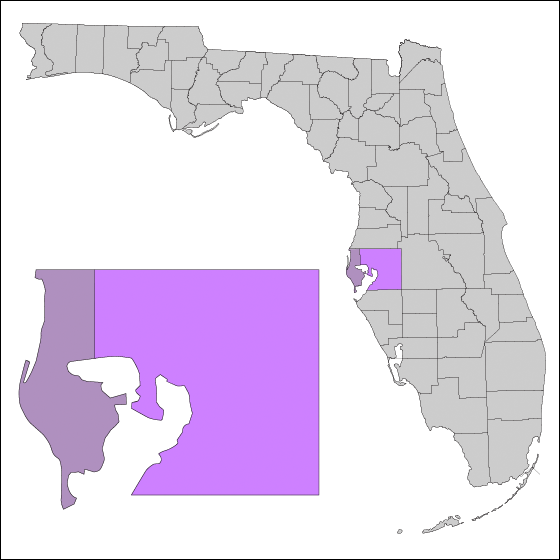Top: Gallup approval/disapproval data for President Obama visualized via scatterplot and regression line from his 1000th day in office (10/17/11) to the present (12/30/11). Above: observe the data points in the lower graph; in only 28% of samples has disapproval risen to or above the 'crucial' 50% mark, and it should be noted that the range of disapproval below 50% is much greater than the range above (either three or five times greater, depending on whether you count the single data point at 45%).
Below: Gallup interactive poll widget.
For dual-deck widgets (for your mixing pleasure) click here


